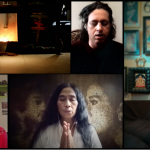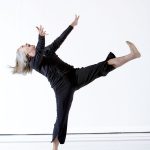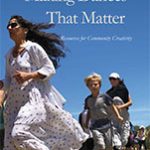The Grand Union was a leaderless improvisation group in SoHo in the 1970s that included people who became some of the biggest names in postmodern dance: Yvonne Rainer, Trisha Brown, Steve Paxton, Barbara Dilley, David Gordon, and Douglas Dunn. Together they unleashed a range of improvised forms from peaceful movement explorations to wildly imaginative collective fantasies. This book delves into the “collective genius” of Grand Union and explores their process of deep play—before they became known as pillars of postmodern dance. Drawing on hours of archival videotapes and dozens of interviews, Wendy Perron seeks to understand the ebb and flow of the performances in both physical and emotional terms. What were the elements of their uncanny synergy? To what extent did their performing selves reveal their real, everyday selves? During the period when artists of different disciplines were redefining art, the Grand Union contributed to this experimentation by questioning the conventions of concert dance. The book includes 65 photographs.
“I didn’t know how much I needed this book in my library until now. It is so alive, a beautifully researched book, giddily holding and challenging the myth. A band of dance anarchists that left no choreographic traces but changed almost everything that has been danced in contemporary dance since. One of these artists and one of my teachers, Barbara Dilley, calls Grand Union her ‘art mother.’ I call the writing and dance giants documented (and imagined) an art book triumph.” —Ralph Lemon, choreographer
“An articulate writer, Perron witnessed much of Grand Union’s history, and has spent fifty years thinking deeply about the issues it raises. Her book is a great gift to the dance field, and to cultural studies in general.”
—Elizabeth Zimmer, Guest Artist, Hollins University MFA Program in Dance
Wendy Perron is a former dancer/choreographer and current writer and teacher. A former editor-in-chief of Dance magazine, she is the author of Through the Eyes of a Dancer: Selected Writings.

















































